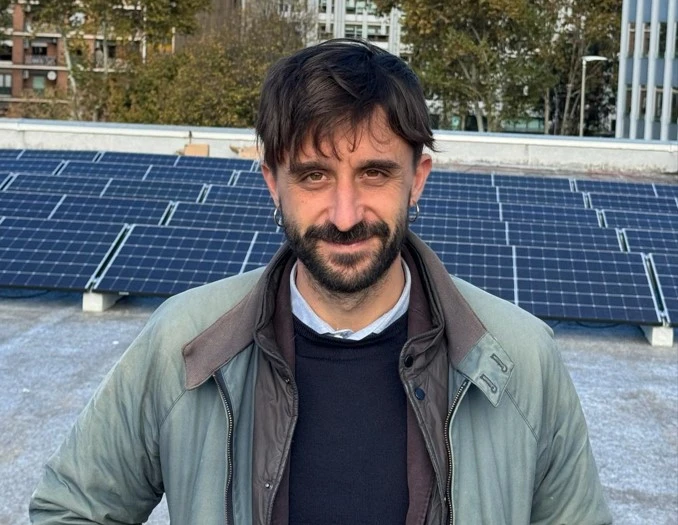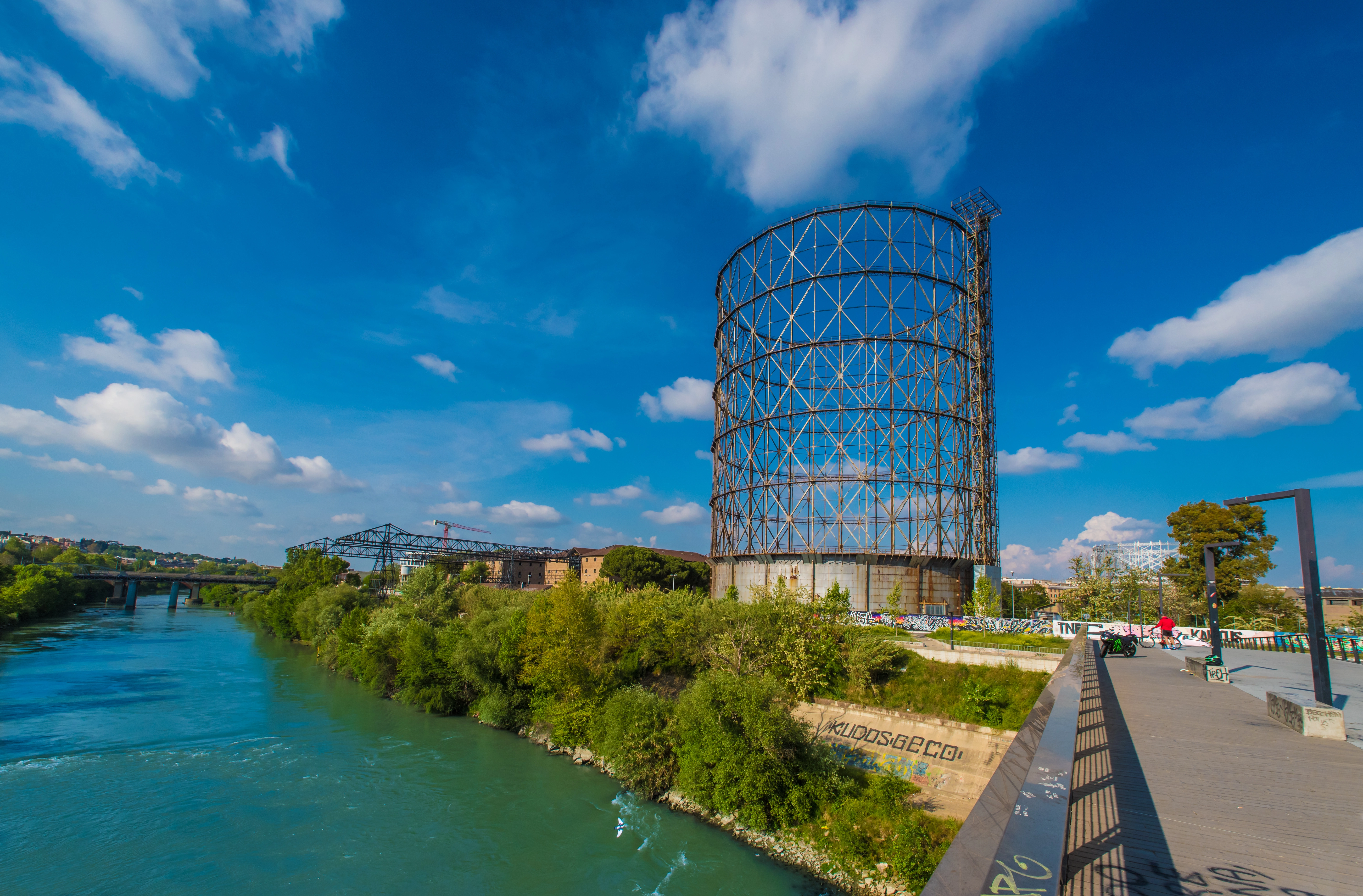https://www.lifegate.it/roma-comunita-energetica-rinnovabile-solidale-pubblica
- |
VIII Municipality of Rome.You experience something new shared and collaborative administration model, capable of involving citizens and private entities through participatory dynamics in the process of transforming urban spaces.Since 2018 Amedeo Ciaccheri he is the president of one of the most dynamic municipalities in the capital, in which through the regeneration spaces of industrial archeology that were once abandoned are being recovered and where a renewable and supportive energy community was born on the roof of a school, the first step of a much broader infrastructure in the name of energy, environmental and social sustainability.The “Ostiense district” it is transforming into a real hub of creativity and innovation and already this year it will be the subject of an important regeneration intervention among the most important in the area.

With the installation of a photovoltaic system on the roof of a school in City Hall Rome VIII you have created the first entirely public energy community in the capital.There Can you tell us more about this project?
It all started from an association of parents of the Moscati middle school in the Garbatella district.It was a very interesting idea because, compared to other very valid projects set up by other local entities, it also placed the theme of economic sustainability at the centre.For this reason it seemed right to us, as a public administration, to support it with an initial investment of 40,000 euros.The photovoltaic system has already been installed on the school and represents only the first step of a broader plan which will concern a much larger number of buildings in the Municipality.
Last January 24th came into force decree of the Ministry of the Environment to unlock the spread of renewable energy communities.The Municipality project led by her goes further, towards a renewable and supportive energy community.What's the difference?
The logic that moved us was to fit the energy community project into an overall sustainability strategy:obviously from an energy point of view, favoring the use of renewable sources instead of fossil ones;secondly from an environmental point of view, limiting the production of CO2 in the metropolitan context;and ultimately from a social point of view.This meant choosing to build a community of solidarity that enhances the circularity of the economic resources produced by the energy community, channeling them into projects of great social value for the territories, from educational policies to the fight against energy poverty.It was, essentially, a collaboration pact between institutions and citizens capable of making the most of the nature of a shared and collaborative administration.
The idea now is to create new photovoltaic systems in most of the locations of the Roma Tre University and the schools of the Municipality.How soon will it be possible to achieve them?
For the year that has just begun we have already designed similar systems for all public buildings - schools and municipal offices - in the area:we are talking about an investment of 700,000 euros which will allow these buildings to be connected to the energy community.All this is linked to the existing collaboration with the University of Rome 3, which will invest 4 million euros over the next three years to renovate its offices.
Multiple subjects are involved in this project:in addition to the Municipality and the University, schools, parents, shopkeepers, citizens and third sector bodies.How difficult is it to bring together so many realities and converge the different needs towards a common goal?
Getting so many entities to agree is undoubtedly a great challenge but everything is happening in a climate of absolute collaboration.In recent months, through an open survey among our citizens, we wanted to understand whether - once the energy community was born - they preferred to follow the path of community investment or that of individual savings on their bills:almost all the preferences went towards the first path.A result that on the one hand surprised us, but at the same time convinced us of how important it is now to imagine new models of participatory dynamics, capable of directly involving citizens in the transformation processes of cities.
How important is it in urban regeneration projects to be able to forge territorial pacts between public and private?In its Municipality, around the Roma Tre University, local entities and large national and international companies, a sort of creativity and innovation district is being created.
Now it's not just important:it is simply mandatory.In a globalized world, the nature of today's cities has overturned the idea that the central administration can decline vertical relationships with society.This is because the economic development of subjects in a territory occurs spontaneously, while the central administration is responsible for governance and planning.Companies are now increasingly interested in intercepting projects linked to corporate social responsibility, and we have tried to involve private entities in a territorial social responsibility pact capable of channeling investments into collective utility programmes.In recent years, many major players in training, digital creativity and technological innovation have chosen the Ostiense district in particular as their headquarters, becoming interpreters of an urban regeneration that avoids land consumption and strengthening our idea of an open and interconnected Municipality.

In fact there is great excitement in Municipality VII on the urban regeneration front.An important project is about to start which will concern the "Ostiense District", the area between Piazzale Ostiense, the slaughterhouse and the Gazometro.What are the objectives?
We will implement various lines of work thanks also to projects linked to the Jubilee of Rome in 2025 which will intervene on the left bank of the Tiber river, on the Via Ostiense and along the Aurelian walls.We will be able to count on a great push of public investments combined with the action of new private entities that are growing in the area, occupying once empty spaces that are transforming into innovation hubs.In this framework we are aiming for a transformation in the name of reconnection, with many different actors who are imagining how the public space of this district can be improved from an artistic, environmental, innovative and digital reconnection point of view.We will create meeting places, spaces dedicated to sport, open-air art galleries and improve pedestrian paths from the point of view of usability and safety.
